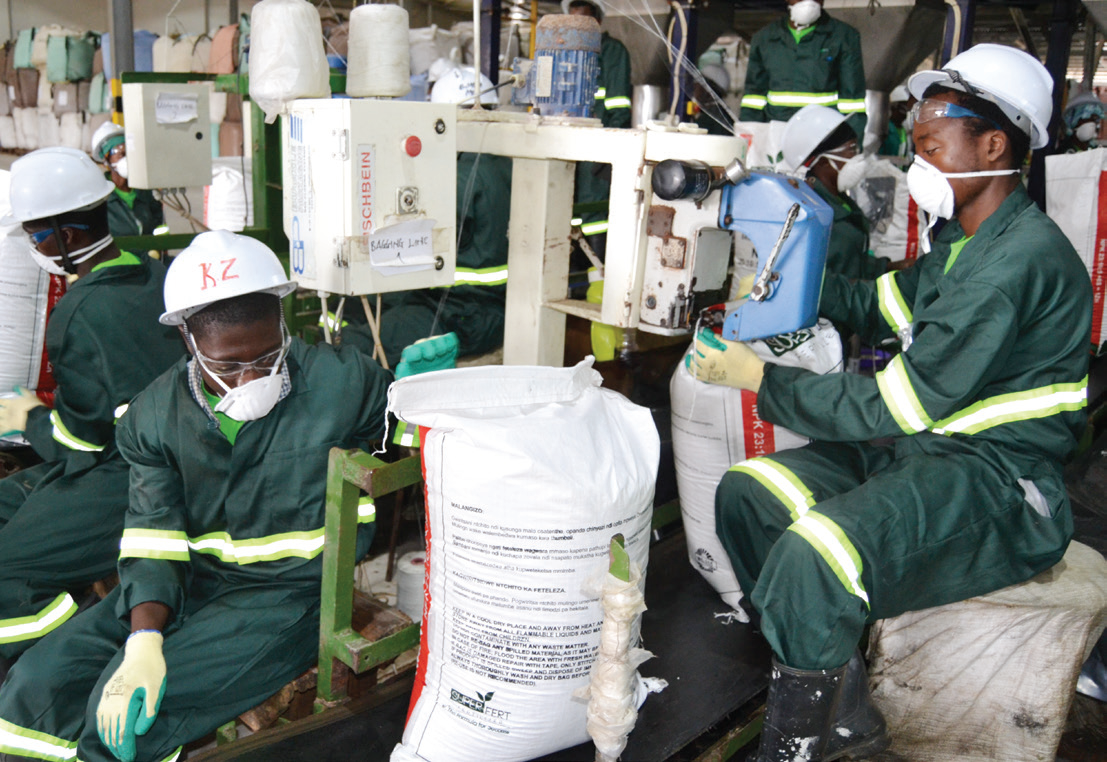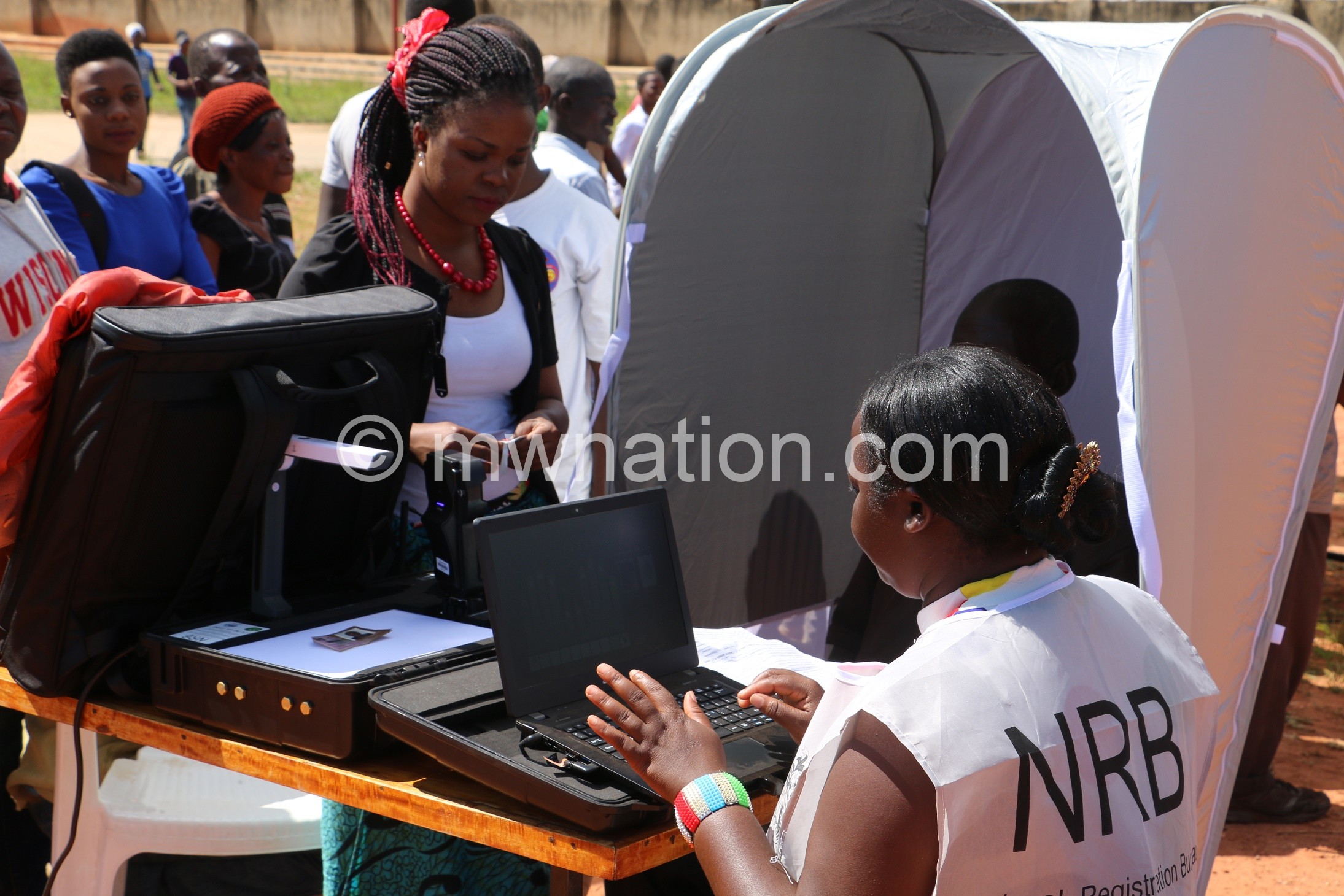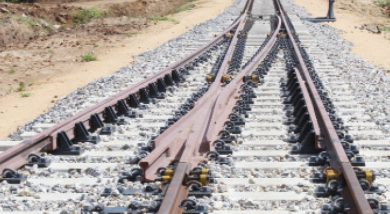Govt eyes new fertiliser plant
Ministry of Agriculture has unveiled plans to invest in a fertiliser manufacturing plant to respond to the country’s agricultural production requirements amid rising fertiliser prices.
In a statement yesterday, Smallholder Farmers Fertiliser Revolving Fund of Malawi (SFFRFM) announced that it has started a process to recruit a consultant to conduct a feasibility study in three months to ascertain the viability of a fertiliser plant project.

SFFRFM, which has been tasked to handle the investment, said this is in line with the Malawi 2063 Vision which fosters agricultural commercialisation and industrialisation for inclusive wealth creation and self-reliance.
Reads the statement in part: “Despite the reliance on imports, Malawi has potential agro minerals which can be used for fertiliser production. These include rock phosphate, sulphides, gypsum, potash rocks, marbles and limestone. Their potential as fertiliser sources has not been fully tested.”
SFFRFM said the project, once its viability is certified, will be implemented under a public private partnership (PPP) arrangement.
The country requires about 611 000 metric tonnes of fertiliser to meet the farmer production needs annually.
In his recent statement, Minister of Agriculture Lobin Lowe said government will be conducting research to check whether it is economically viable to invest in the fertiliser plant in the country.
Parliamentary Committee on Agriculture and Irrigation vice-chairperson Ulemu Chilapondwa said they are excited about the planned project, adding as a committee, they have been worried about the high prices of fertiliser.
He said: “The investment will help in the reduction of the prices to the reasonable level.”
Economist Milward Tobias, who is executive director of the Centre for Research and Consultancy, described the planned investment as ideal for the country’s agricultural based economy.
He said: “Obviously having a fertiliser manufacturing plant will cut off transport costs besides creating some jobs. It is a positive development”.
Lilongwe University of Agriculture and Natural Resources agricultural economist Horace Phiri said the project has potential to promote competition in the industry and potentially bring down the prices that farmers pay.
Fertiliser Association of Malawi chief executive officer Mbawaka Phiri yesterday said the association has currently not met to discuss the government’s intention to establish a fertiliser manufacturing plant.
She said: “However, it is an issue of interest to the association and we are in the process of compiling a paper on the same and when ready, we will share it with various industry stakeholders and the public”.
There has been an increase in fertiliser prices in the country mostly as a result of factors beyond government reach.
In a research paper published recently on why Malawi is experiencing a spike in fertiliser prices, Mwapata Policy Institute research fellow Christone Nyondo said the government has no control over the cost of fertiliser as the largest price mark is influenced by external market forces at around 90 percent.
Nyondo said: “Surge in prices of fertiliser are mostly driven by external forces which are outside the control of the government.
“For instance, Free on Board [FoB] prices jumped by around 112 percent compared to the same time last year and considering ports charges and other transport logistics, we have seen that 90 percent of charges are influenced at global level.”
Government has this year allocated K141.9875 billion for AIP out of which K124.74 billion is earmarked for fertiliser purchases while K1.26 billion is meant for purchases of goats and K12.25 billion for seed.





